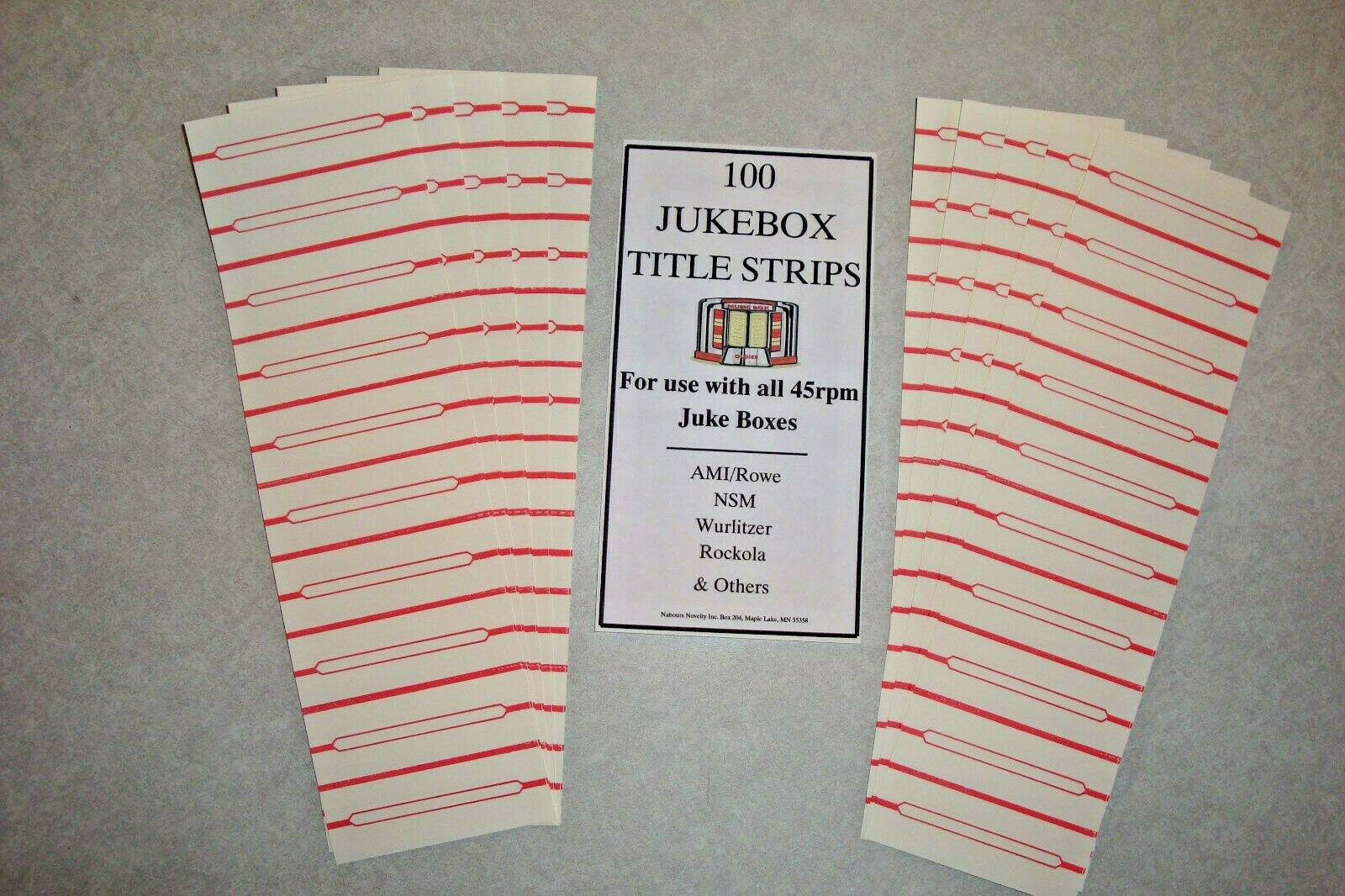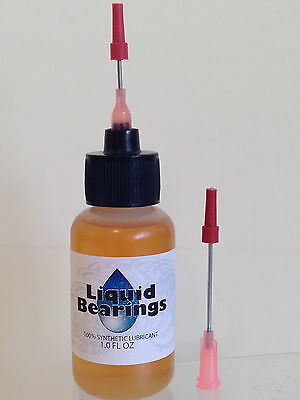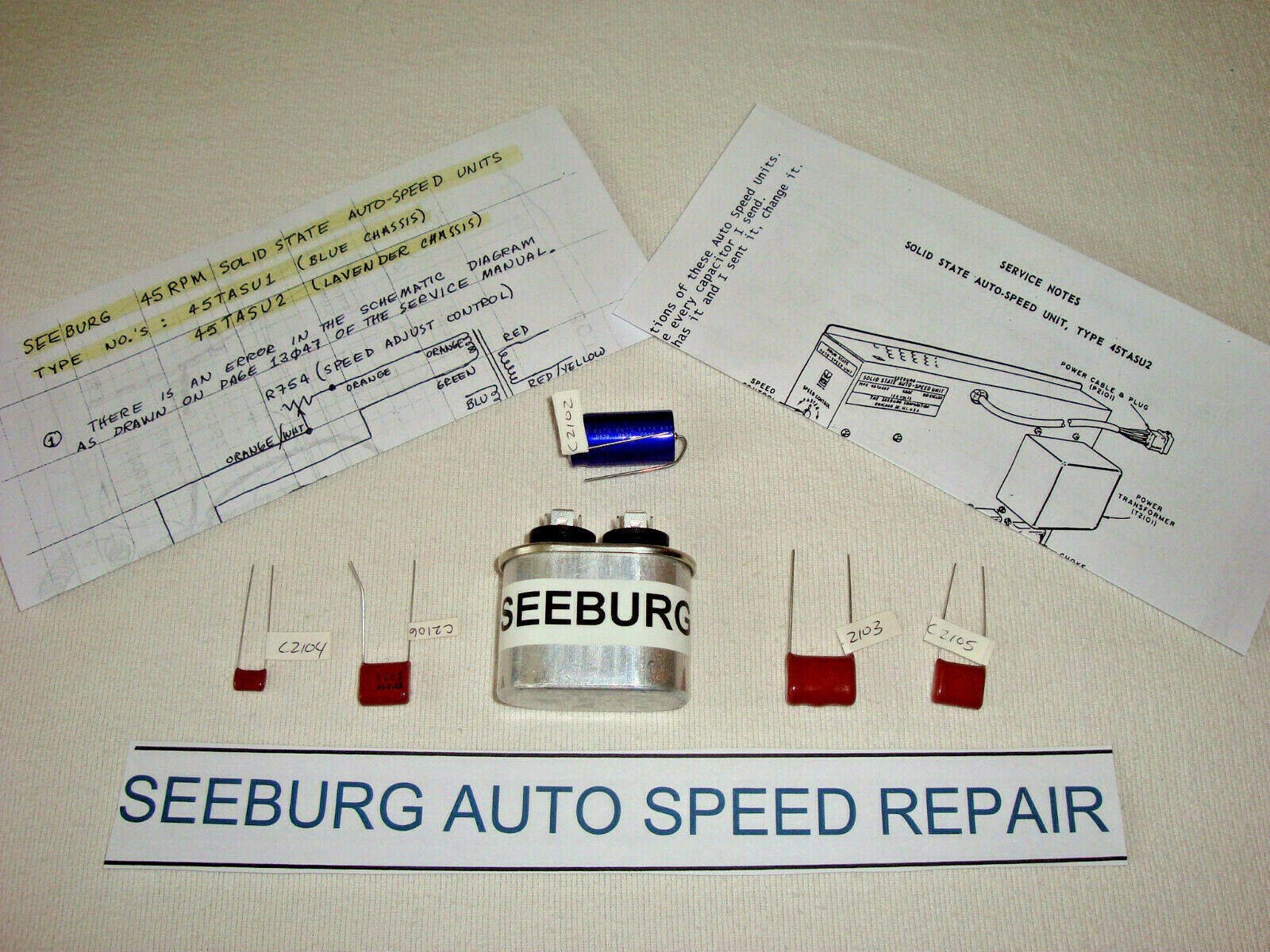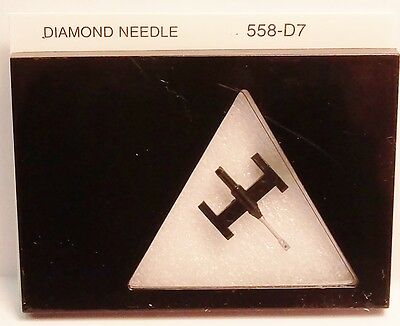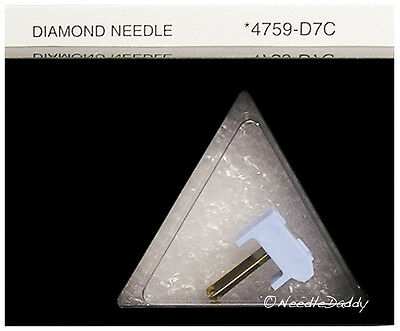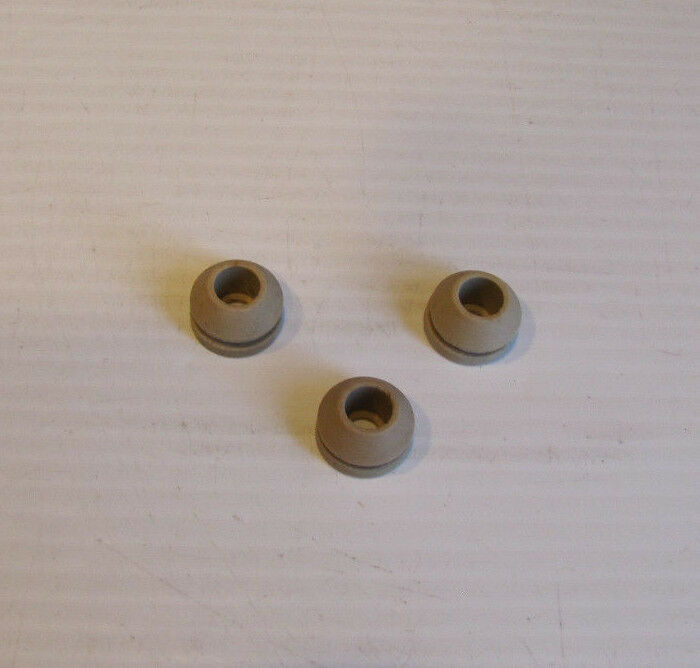-40%
Williams 8 Ball Two Player Pinball Machine 1966
$ 633.6
- Description
- Size Guide
Description
This is a great machine. It will need some tinkering to get it 100% although it's perfectly playable the way it is. This machine has not been modified in any way. One of the first machines to set the playing field for each player. Key included. Wiring diagram included.Here are some stats.
Flippers
(2),
Pop bumpers
(4),
Passive bumpers
(2),
Slingshots
(2),
Kick-out holes
(2),
Standup target
(1),
Horseshoe lane
(1). One
pop bumper
is between the
flippers
. Illuminated
backglass marquee
.
Drop-down cabinet
.
Backglass
light
animation
tracks balls earned by each player. Player 1 shoots to light all solid balls. Player 2 shoots to light all striped balls. Lighting all balls for the player will light "Shoot for 8 ball" on
backglass
and lights
horseshoe lane
for the 8 ball. Getting the 8 ball awards an extra ball. This is a
carry-over
feature from ball to ball. Unlike the game of billiards, achieving the 8-ball does not end the game.
On the
backglass
, the billiard players have cufflinks monogrammed with "N.C." and "S.K.", a probable reference to Norm Clark and Steve Kordek. Cufflinks with identical initials are also found on the
backglasses
of
Williams' 1971 'Planets'
and
Williams' 1971 'Zodiac'
.
For '8 Ball', instead of relay banks a standard step-up unit was used for each player to count the billiard balls earned by that player. A standard Player Relay alternated between players to select which of the two
playfield
step-up units is active for the player who is being served. In this way, the Player Relay dedicated a step-up unit for each player, allowing for each player a separate accounting of earned billiard balls to appear on both the
backglass
and the
playfield
. This is an example of
playfield
"memory" for multi-player electro-mechanical games.
Quantity produced for USA/Canada: 1501*
Quantity produced for export: 1749*
Total quantity produced: 3250*
Price to Distributor: 0.00
*These quantities may be sales estimates.








